
Images: Russian National Parks
Russiamap
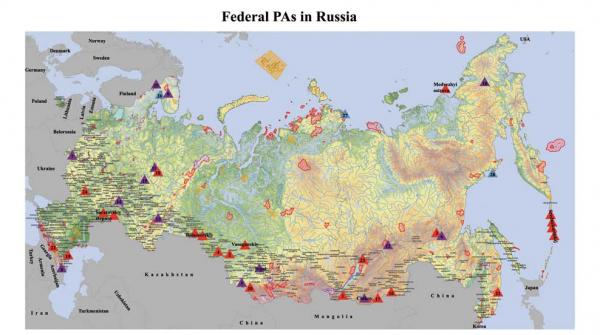
Russia's federally Protected Areas (PAs). Regions that are currently national protected areas are outlined with red, purple, and orange lines. The red-outlined portions are known as zapovedniks. These areas are set aside as untouched preserves and offer very limited or no public access. National parks are outlined with purple lines, the orange lines mark zakazniks, sanctuaries for bird or game, usually.
Proposed protected areas are marked by red triangles (zapovedniks), purple triangles (national parks), and light blue triangles (maritime buffer zones).
Russsibsnow
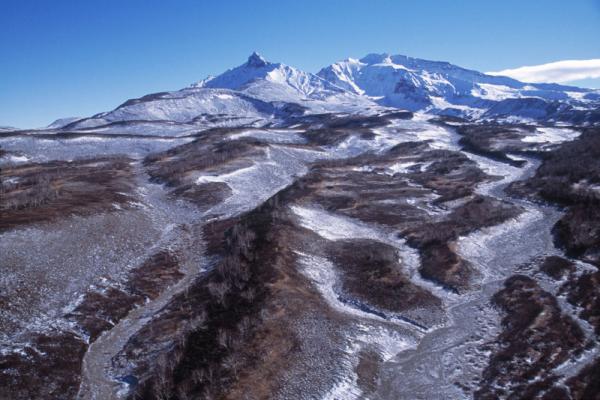
Nalychevo Nature Park, Kamchatka, Siberia. The park was established in 1995. Kamchatka is the massive peninsula that sticks out along Russia's eastern coastline, bordered by the Pacific Ocean on its east, and the Sea of Okhotsk on its west. The area is dotted with volcanoes, many of them still active, and home to great biodiversity. Sea otters and bears dwell here, eagles and peregrine falcons soar through the skies, and multiple species of salmon spawn in the area's wild rivers.
Russsibpark
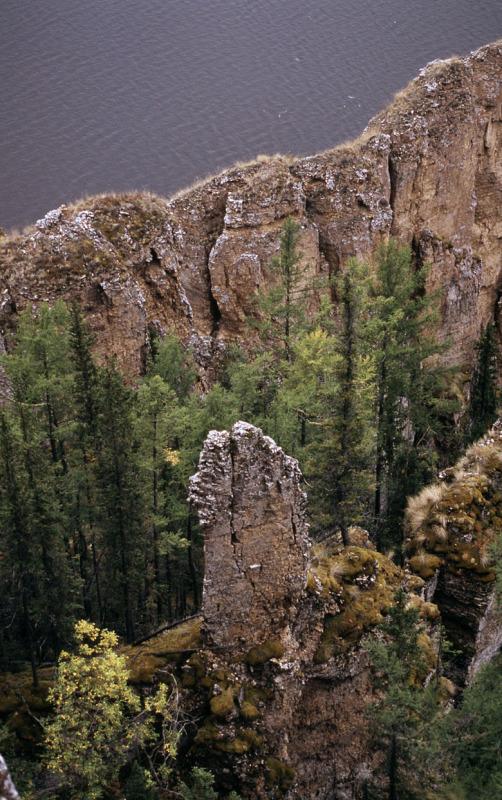
The Lena Pillars in Lenskie Stolby National Nature Park, Republic of Sakha (Yakutia), Siberia.
Russtiger
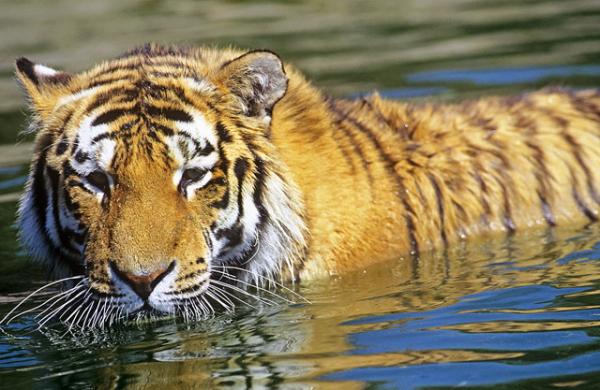
The largest of the tiger subspecies, the Amur tiger can grow up to nearly ten feet (300 centimeters) long, and weigh more than 650 pounds (300 kilograms). Once hunted nearly to extinction, in the mid-20th century only some 40 individuals survived in the wild. The species rebounded, and now around 450 Amur, or Siberian, tigers live in Russia's Far East. Poaching is still a big problem, driven in some part by demand for tiger parts in traditional Chinese medicine.
Russtrees
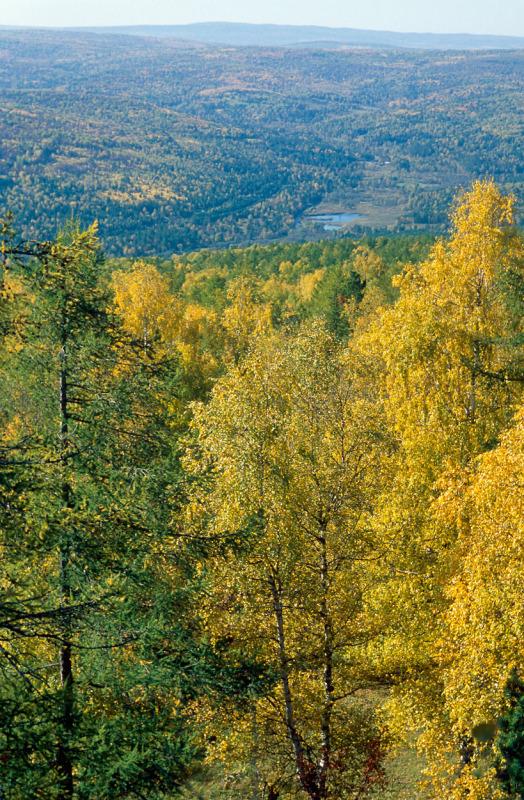
A mixed forest in autumn colors in the Shatak Nature Park, in the rolling southern Ural Mountains, Bashkortostan, Russia.
Russwalrus
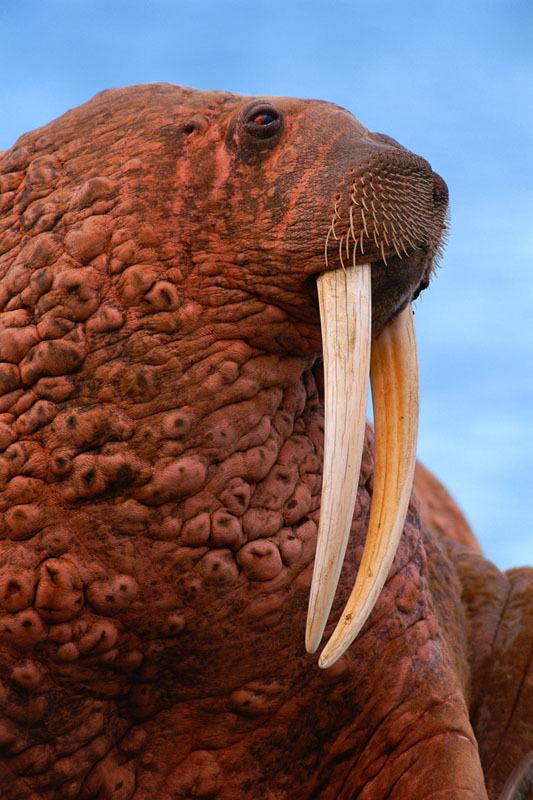
A Pacific walrus, Chukotka, Siberia. Larger than their Atlantic walrus cousins, Pacific walruses can weigh up to 4,400 pounds (2,000 kilograms). Once hunted heavily, the biggest threat to walruses in recent times is climate change. As ocean habitats warm, receding sea ice is forcing the beasts to stay on land in overcrowded conditions.
Sign up for the Live Science daily newsletter now
Get the world’s most fascinating discoveries delivered straight to your inbox.









